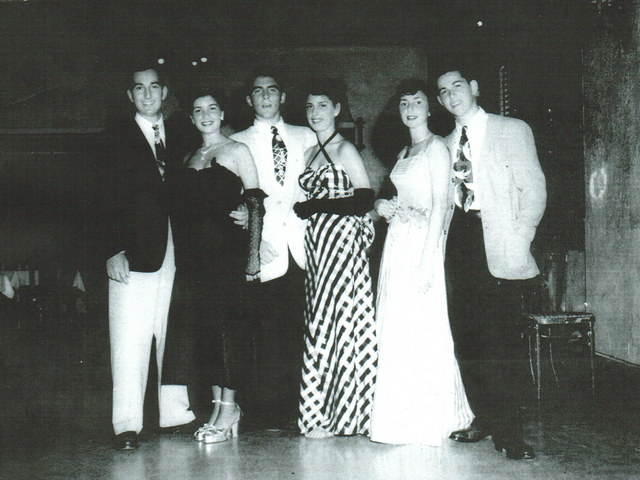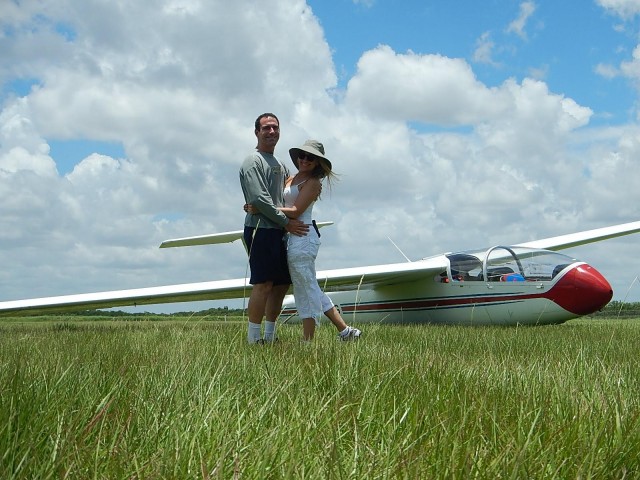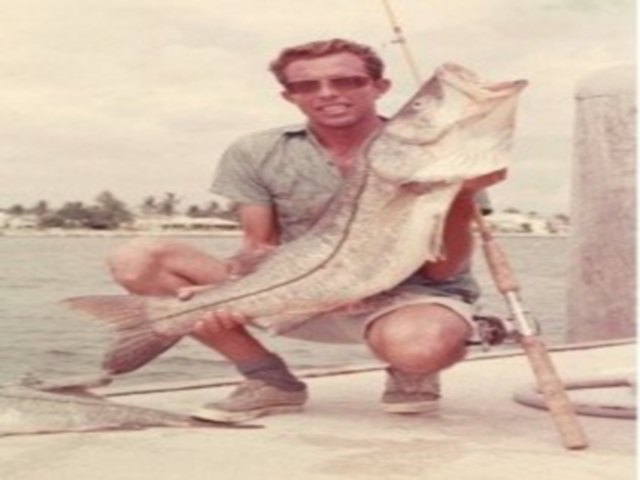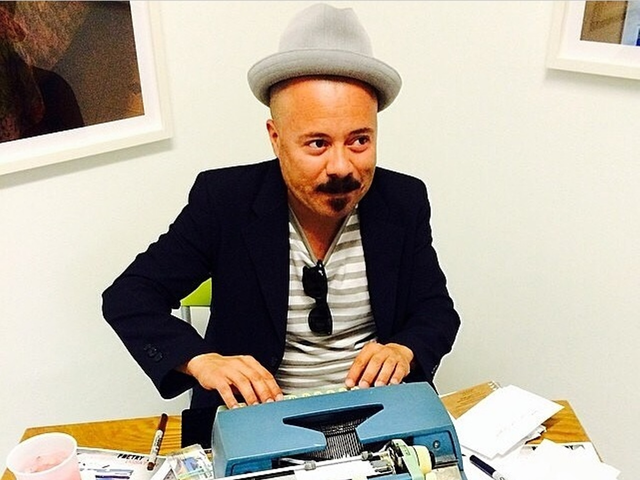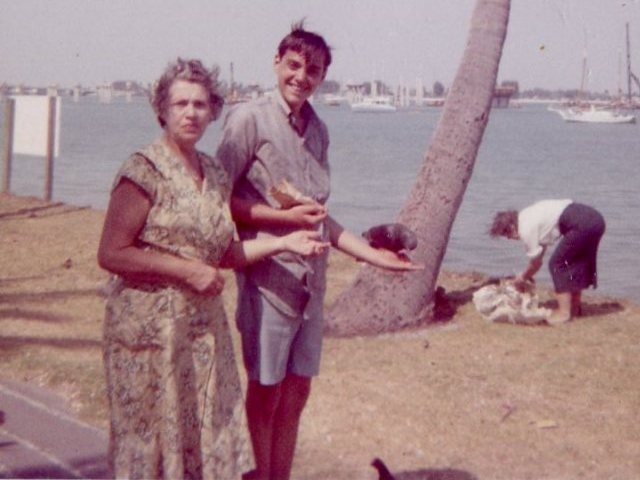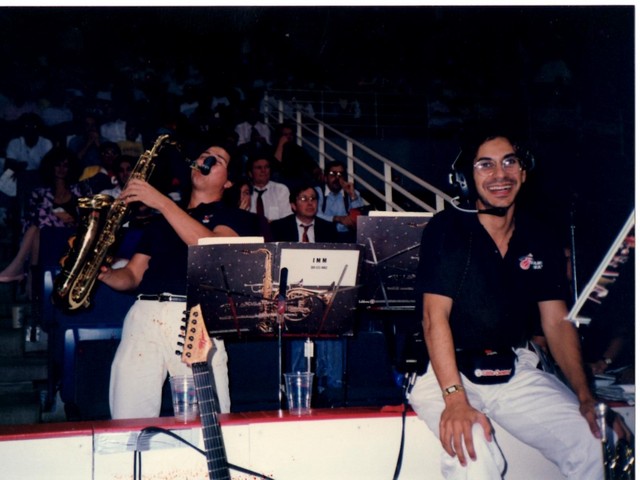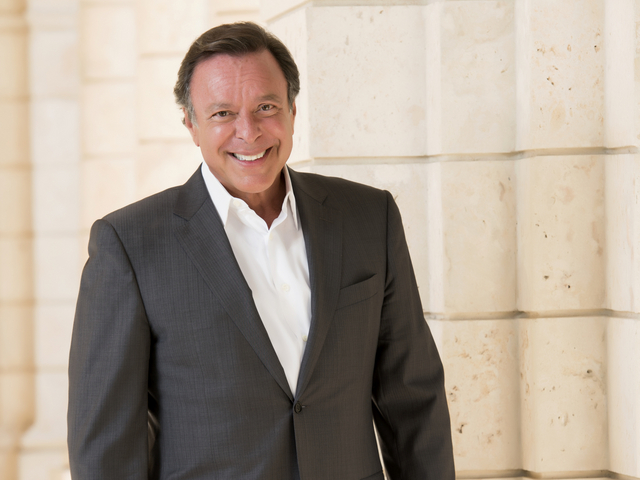My father met and married my mother in 1929 and I arrived in 1930. Her mother came to Miami from Cleveland, OH, in 1923 to begin a new life. She opened a tropical fruit stand on the front porch of her coral rock house at Northeast 26th Street and Second Avenue.
The fruit was purchased early in the morning at the farmer’s market on Northwest 12th Avenue and 20th Street, and the market is still there. She then became a real estate broker and, after many years of buying and selling real estate, she purchased a small hotel on Miami Beach. She became a civic leader and was presented with a gold key to the city by the mayor.
When I was seven years old, I watched the store as I ate my nickel ice cream cone and observed the trolley cars go by on Second Avenue. On the weekends, my family and I took the trolley car that ran down the middle of the MacArthur Causeway to Miami Beach. We went swimming in the ocean and built sand castles. Though the trolley is long gone, now there is talk of bringing it back to run once again. As the saying goes, “Everything old is new again.”
I attended Beach High, where many of the students were from families that were either very rich or very poor. However, at school, everyone played and worked together and we had a great time. Latin music was the rage and many of the boys had Cubavera jackets and suede shoes.
The Lindy Hop was a popular dance, and Beach High’s big patio was the place where we had wonderful dance parties. Sports were a big part of high school life. I played tennis and won the Beach High tennis trophy. I was initiated into the B club and joined a fraternity with Irwin Saywitz, who became an owner of Joe’s Stone Crab restaurant.
After graduating, I attended the University of Florida, studying architecture with Kenny Treister, who later built the Mayfair Center in Coconut Grove. We were members of the ZBT fraternity and one day made a bold decision to write to Frank Lloyd Wright and ask him to design a fraternity house for us. He did — it was brilliant.
Unfortunately, the fraternity could not afford to build it. Wright came to Gainesville for two exciting days to present the plans and to meet and lecture with all the young aspiring architects and the faculty. That was the highlight event of the school year.
After graduating, I entered the Navy Officer’s Candidate School. This was the time of the Korean conflict and all boys over 18 had to serve. After serving three and a half years, I was honorably discharged as an LTJR (junior lieutenant). During this period I was on an aircraft carrier stationed in the Mediterranean. My next tour of duty was as an aid to the commander-in-chief of the fifth fleet in Norfolk, VA, where I greeted all of his visitors.
After my discharge, I returned to my home in Miami, where I began my career as an architect with Bob Bleemer, a high school friend. We opened a very small office on 40th Street in the Design District and were successful. It was a time of construction and growth in Miami and we were a part of it.
We borrowed money and built an office building in the neighborhood and eventually employed 35 designers and architects. We became well known and designed more than 40 condominium interiors in Miami, plus many projects around the country and in South America. Miami grew and we grew with it.
After 20 years, I partnered with Pepe Calderin and we became Levine Calderin & Associates. We won numerous awards.
I received a lifetime achievement award from the American Institute of Architects, and then finally retired to spend time as president of the American Foundation for the Arts, which I founded. In the 1980s, we created an exhibition space in the Design District on 40th Street and Second Avenue. This was a period when Miami only had a few galleries and a small museum of art, and The American Foundation of the Arts played a major role in Miami’s developing cultural life.
We helped bring numerous artists to Miami for exhibitions and lectures, among them Christo who draped the islands of Biscayne Bay in pink and pop artist Alex Katz. We also gave many local artists their first show and produced beautiful catalogs for each exhibition.
During the creation of the museum, I learned about the artist Purvis Young, who lived in Overtown. The Miami Herald ran a big story with a color picture of “Goodbread Alley” where Purvis lived. The article said that many of the wooden homes and fences in the neighborhood were to be demolished, including paintings that were nailed to the houses.
The next day, I went to “Goodbread Alley,” met Purvis and purchased 80 of his paintings. Purvis’ work is now in many museums and private collections throughout America.
The city has grown and today has many outstanding cultural institutions. It is a vibrant, cultured, and fabulous place to live. It was wonderful to be a part of the growth of the Magic City.

